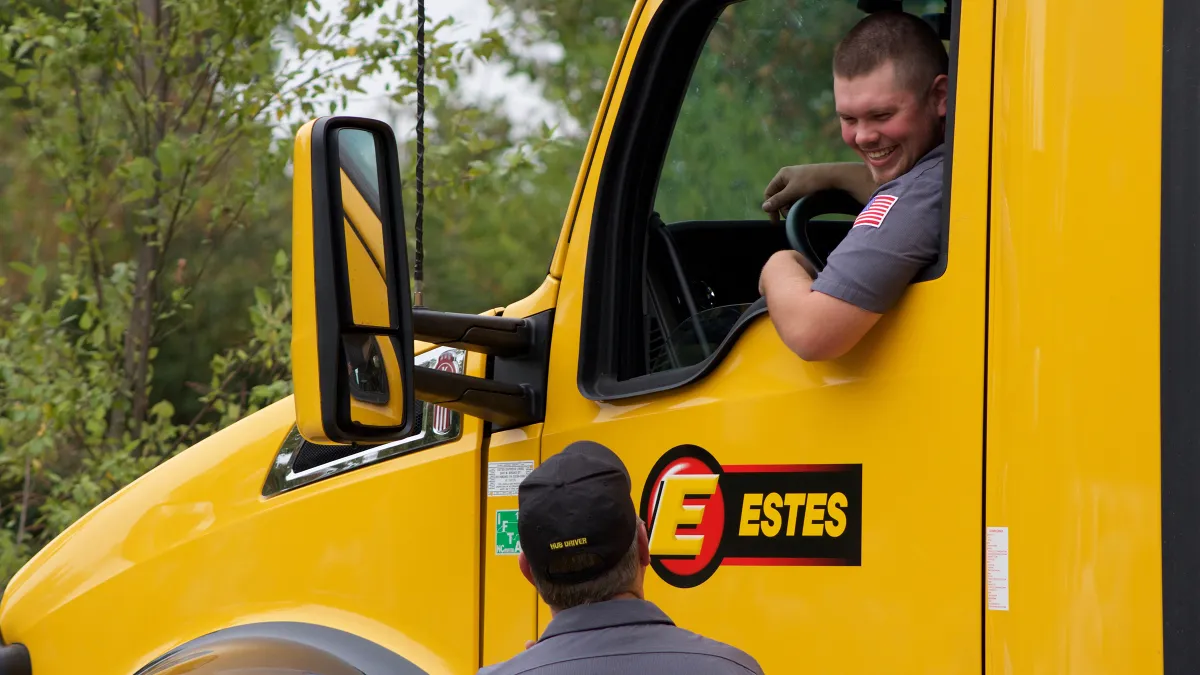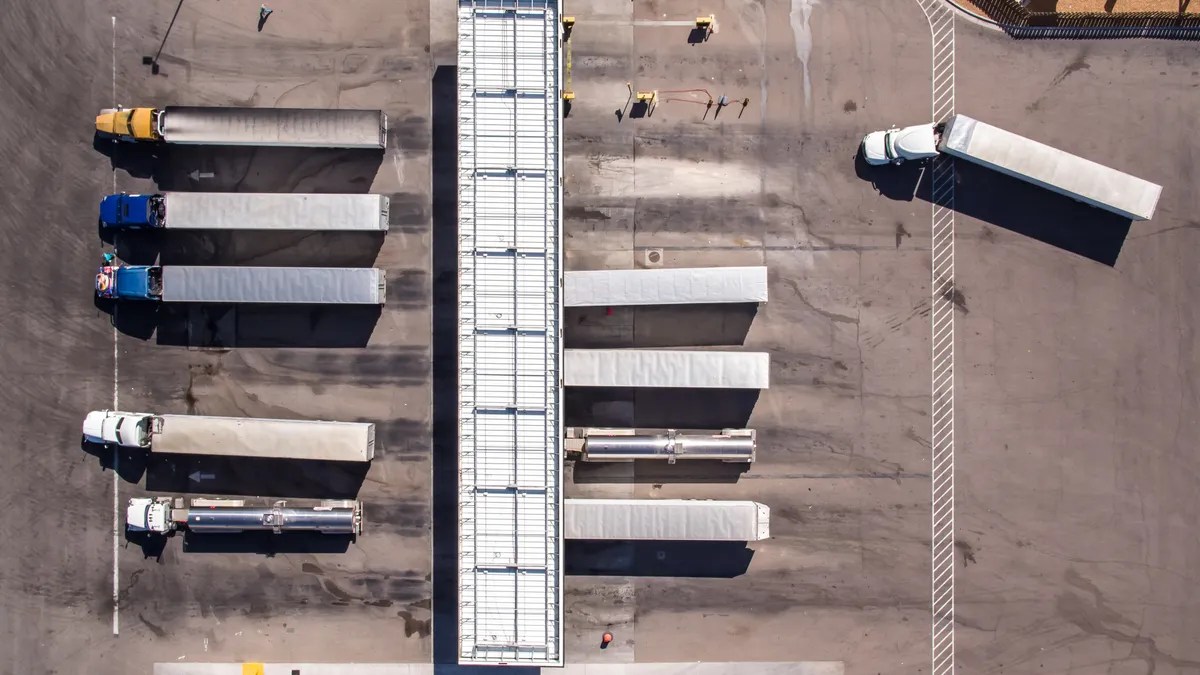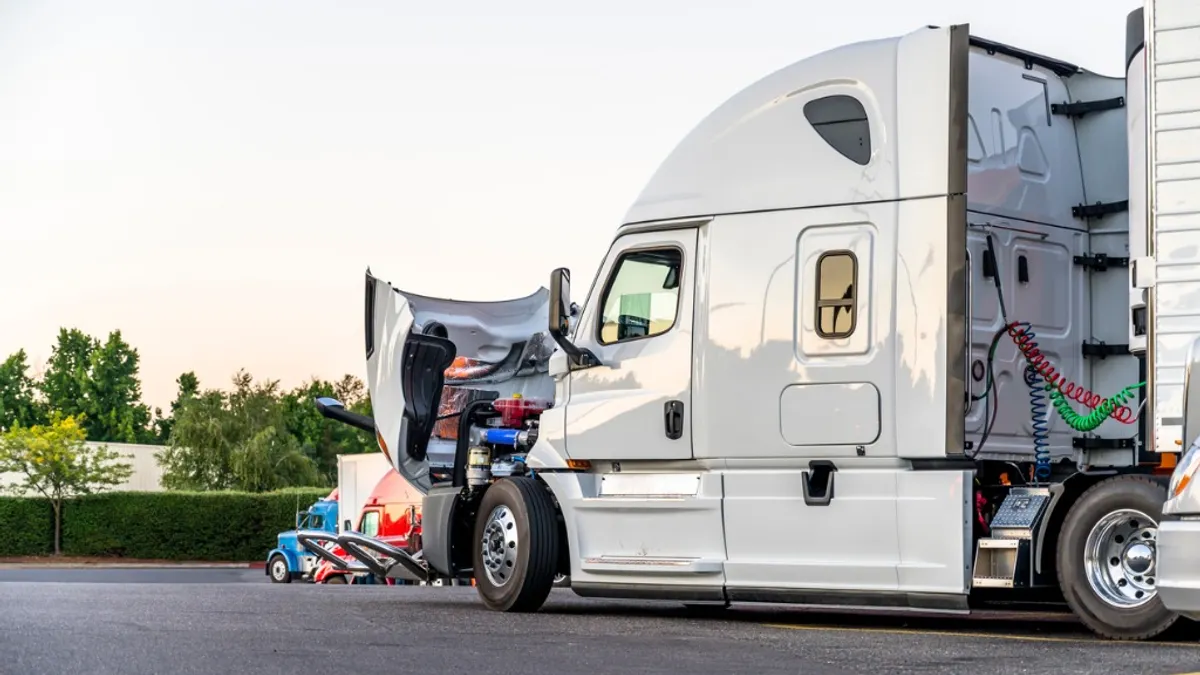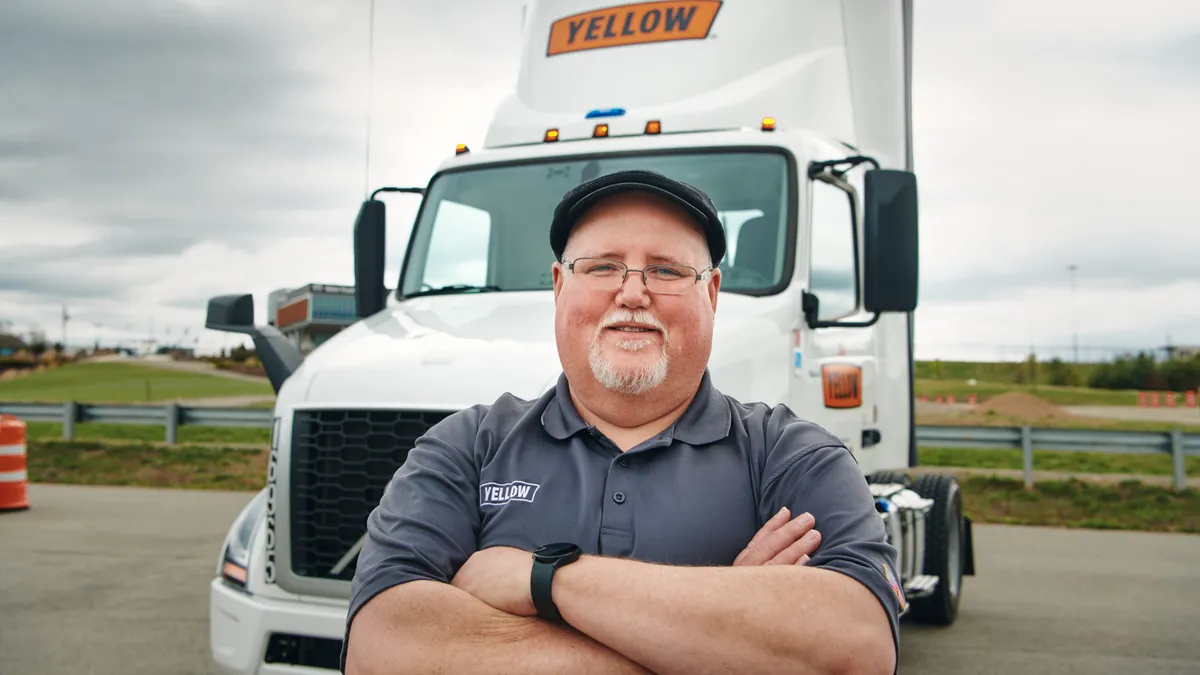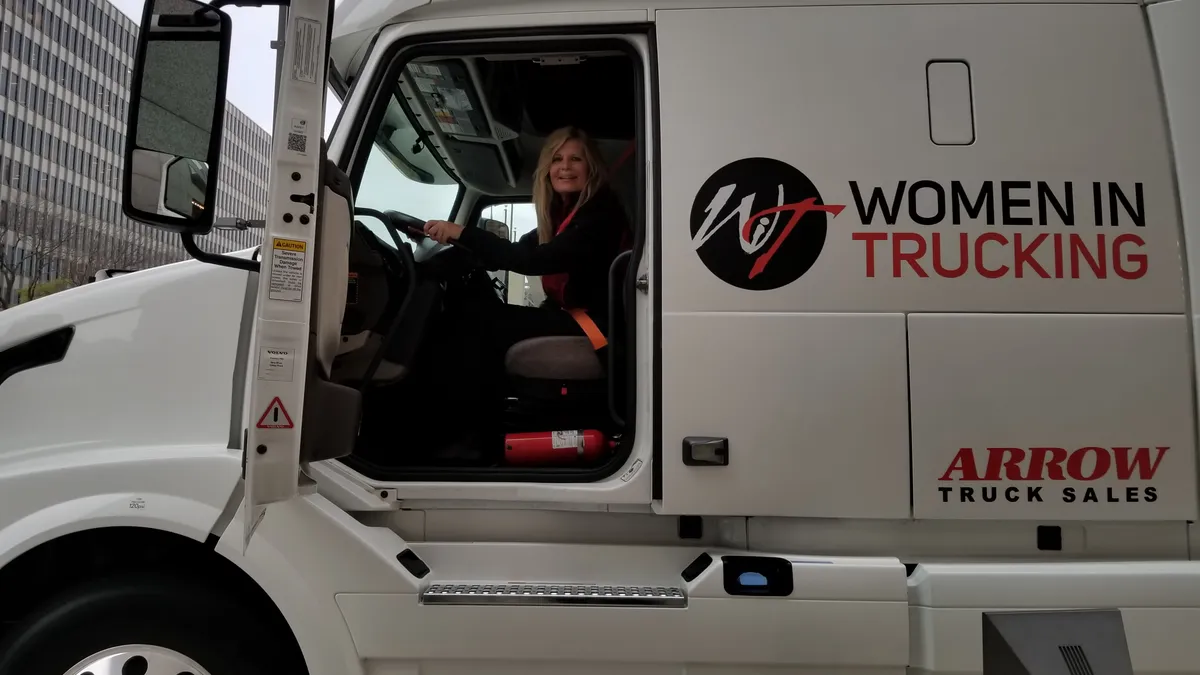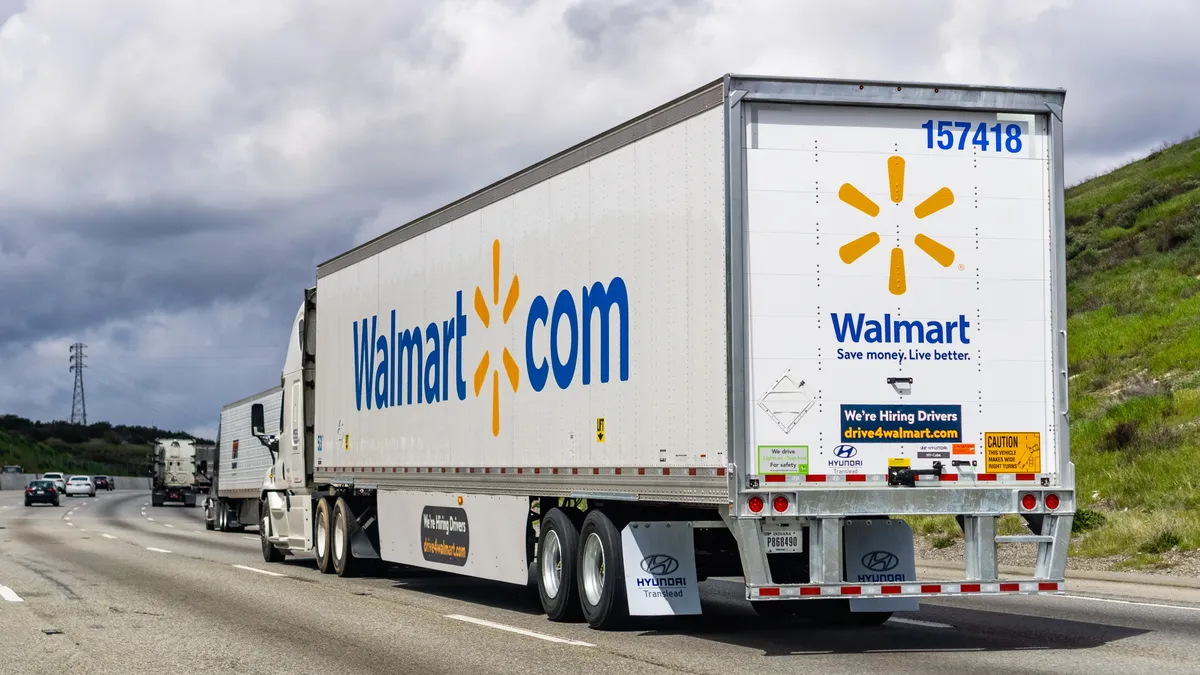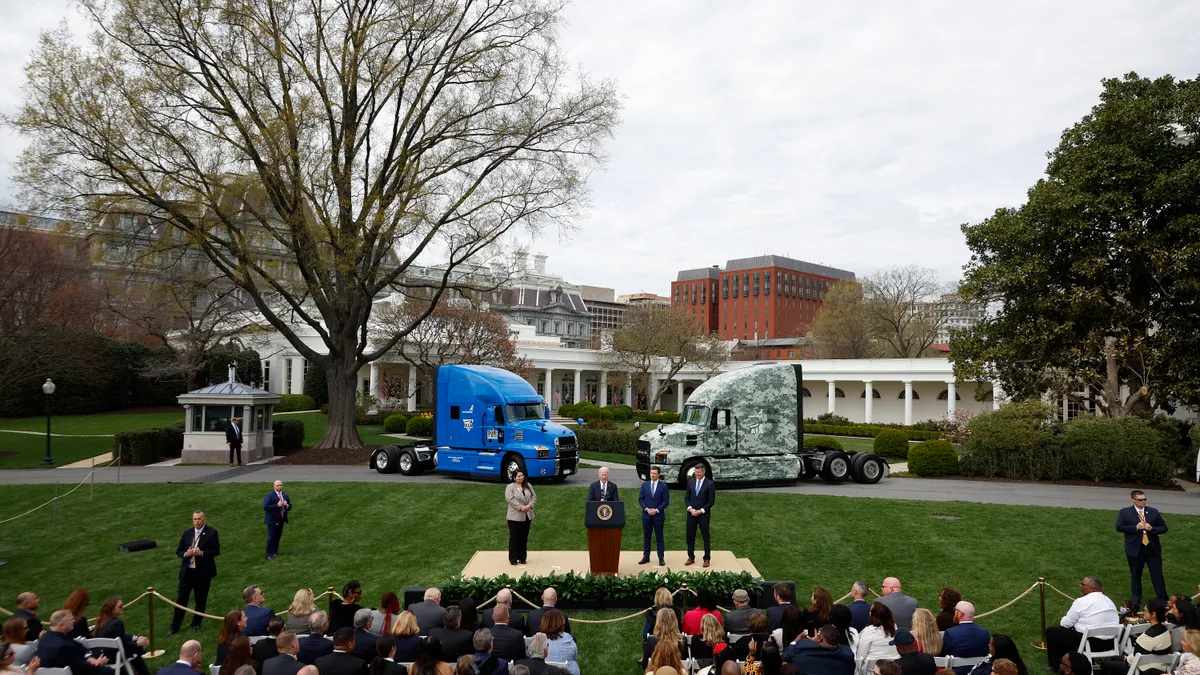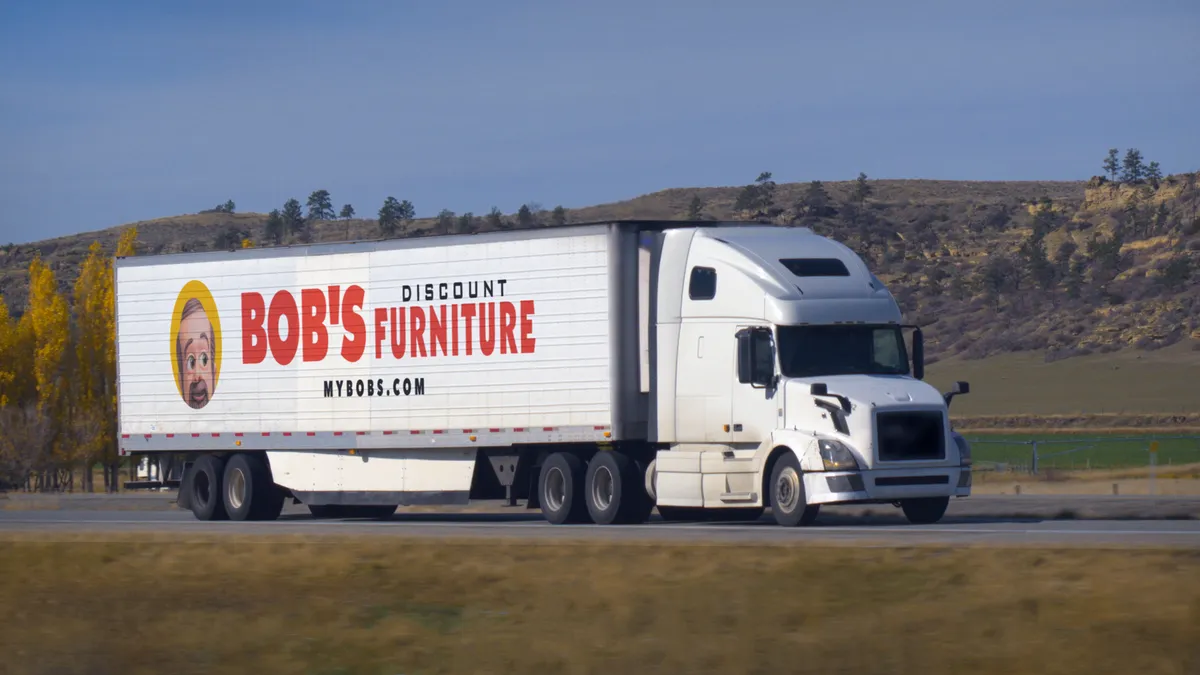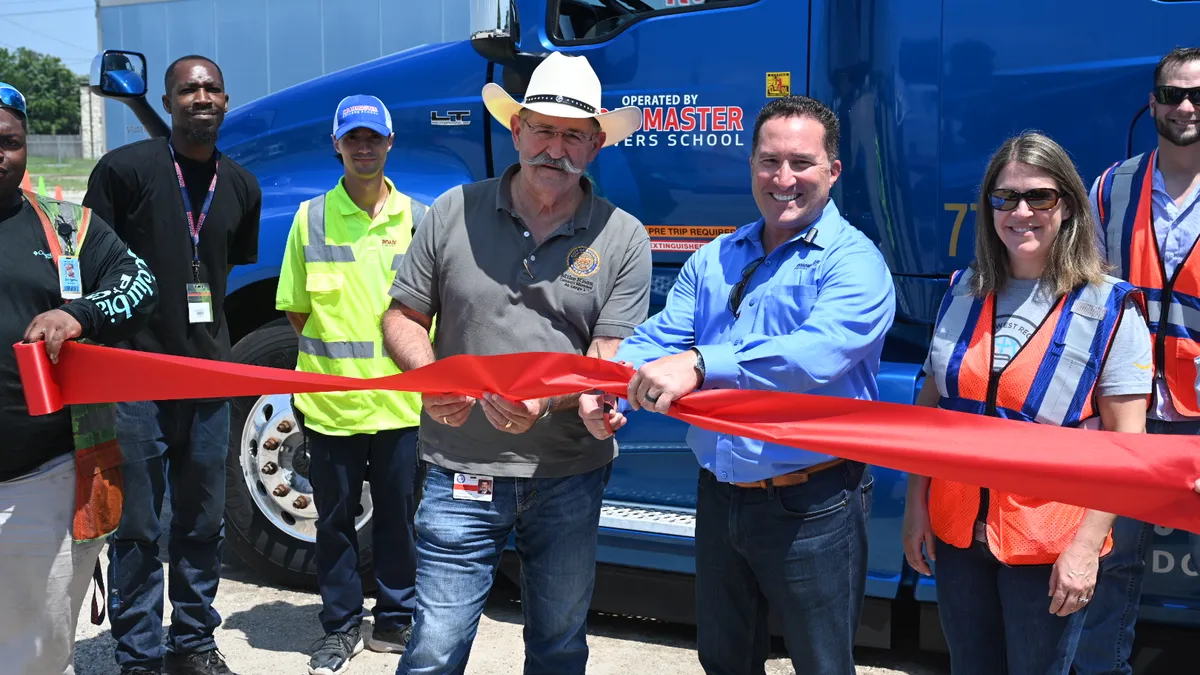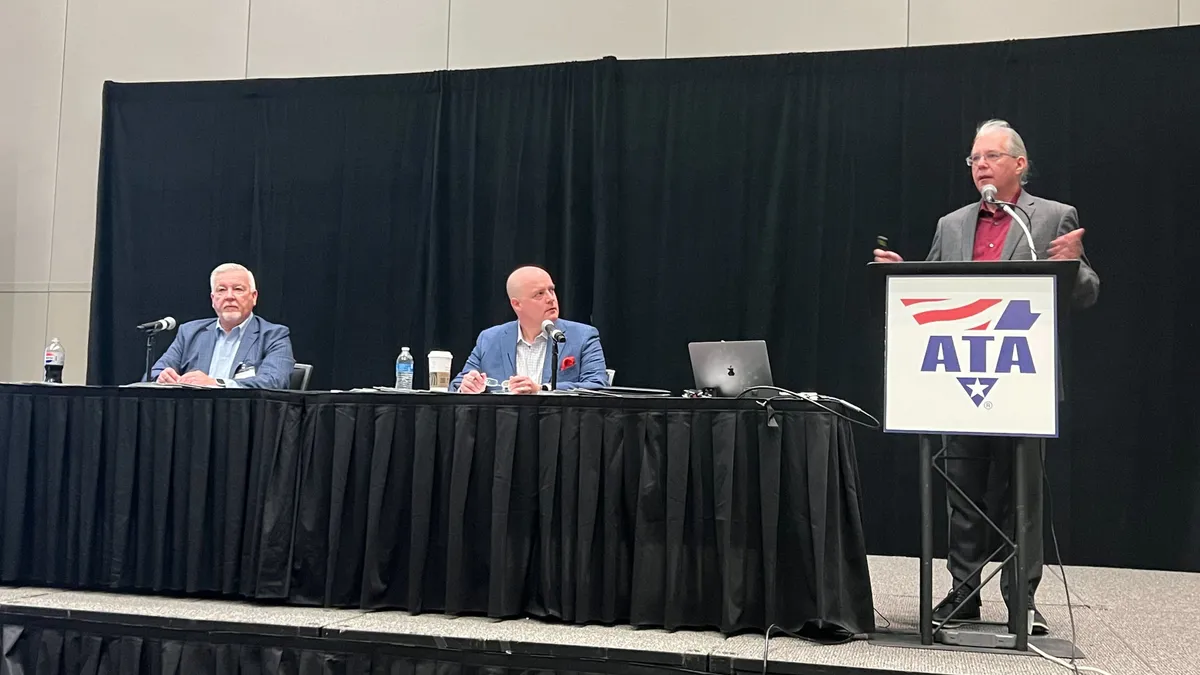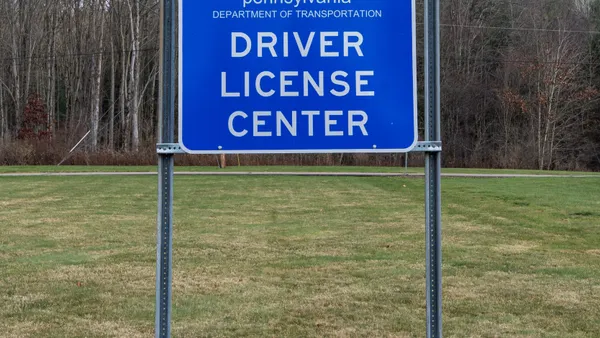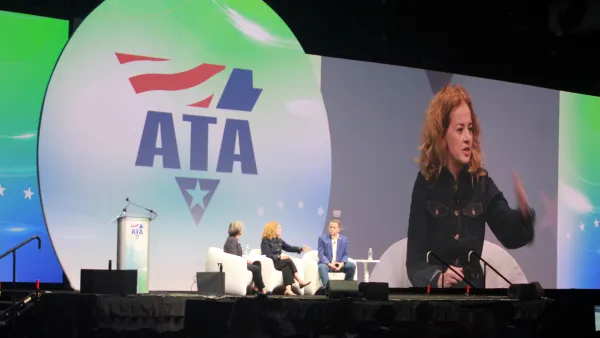Editor’s Note: Filling the Driver’s Seat is a series delving into fleets’ driver recruitment and retention strategies through the lens of the people leading the efforts. Know someone we should profile? Email [email protected].
Early on in the COVID-19 pandemic, Estes Express Lines recognized it needed to step up its engagement with employees to reduce turnover.

So the privately-held, family-owned LTL carrier surveyed its workers and implemented several of their suggestions, said Sara Graf, vice president of communications and culture.
Estes enhanced benefits, such as allowing paid time off to roll over each year, and adjusted routes to ensure nearly all drivers return home each night. The Richmond, Virginia-based carrier also offered referal bonuses of $500 to $1,000 and upgraded its mobile app, which more than 90% of its workforce has downloaded.
“It comes down to increasing opportunities for open communication, recognizing great work, leaders taking time to coach their people to help them grow, and then also making sure that we're always sharing the why,” Graf said.
Recognizing heroes — and enabling others
Jamell Fetter, a dockworker at the Estes terminal in Toledo, Ohio, saved a life in September 2020 by performing CPR on Mark Benschoter after the terminal manager collapsed during a heart attack at work.
Fetter, who received the Red Cross Lifesaving Award last fall for his quick response, was also recognized by his employer with the Estes Hero Award.
But the carrier’s additional response to the health scare spoke volumes about its approach to its workforce: Estes offered CPR training at its terminals across the country. About 500 of its employees have received the certification, and the company expects that number to reach up to 1,900.
Sharing such stories — along with everyday notices and other information — on the Estes app has been a cornerstone of the carrier’s multi-year retention effort that has managed to lower driver turnover to roughly between 12% and 18%, Graf said.
“A big part of that was thinking about communications and how we make sure that employees are getting that information that they need, where we're reinforcing key messages,” she said. “We're also coaching and developing our leaders so that they can do a better job of communicating and engaging with their teams.”
Onboarding improvements, financial incentives
Estes’ investments in recruitment and retention begin early and continue well into drivers’ tenure with the company.
A 30-day new-hire survey allowed the carrier to pinpoint some areas it needed to address in its onboarding processes, where recruits lacked clarity or required more assistance, Graf said.
The company created a driver checklist to help them through their initial days, and its welcome kit includes an Estes hat and coffee mug, a card signed by the company’s senior leadership and a welcome video, designed for the employee to watch with their family.
Estes prides itself on offering competitive salaries and benefits. But financial assistance is available to employees in times of emergency through its disaster relief program, and the company supplies its workers with capital through the company’s zero-interest loan program. To date, Estes has loaned out $9 million to its employees.
The company also allows its workers a say in its corporate philanthropy. An employee-directed giving program donated $505,000 last year to more than a dozen charities selected by its workers.
“It's a lot of fun, and it's a great chance for people to feel like they can make a big impact,” Graf said.



